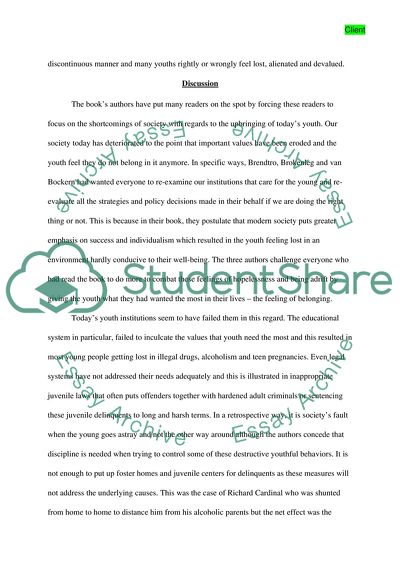Cite this document
(The Analysis of Adolescent Issues Coursework Example | Topics and Well Written Essays - 1500 words, n.d.)
The Analysis of Adolescent Issues Coursework Example | Topics and Well Written Essays - 1500 words. https://studentshare.org/social-science/1728029-adolescent-issues-post-seminar-2
The Analysis of Adolescent Issues Coursework Example | Topics and Well Written Essays - 1500 words. https://studentshare.org/social-science/1728029-adolescent-issues-post-seminar-2
(The Analysis of Adolescent Issues Coursework Example | Topics and Well Written Essays - 1500 Words)
The Analysis of Adolescent Issues Coursework Example | Topics and Well Written Essays - 1500 Words. https://studentshare.org/social-science/1728029-adolescent-issues-post-seminar-2.
The Analysis of Adolescent Issues Coursework Example | Topics and Well Written Essays - 1500 Words. https://studentshare.org/social-science/1728029-adolescent-issues-post-seminar-2.
“The Analysis of Adolescent Issues Coursework Example | Topics and Well Written Essays - 1500 Words”. https://studentshare.org/social-science/1728029-adolescent-issues-post-seminar-2.


